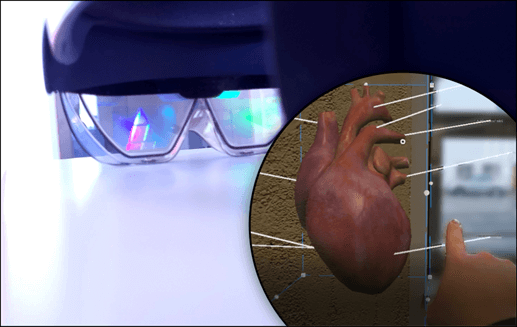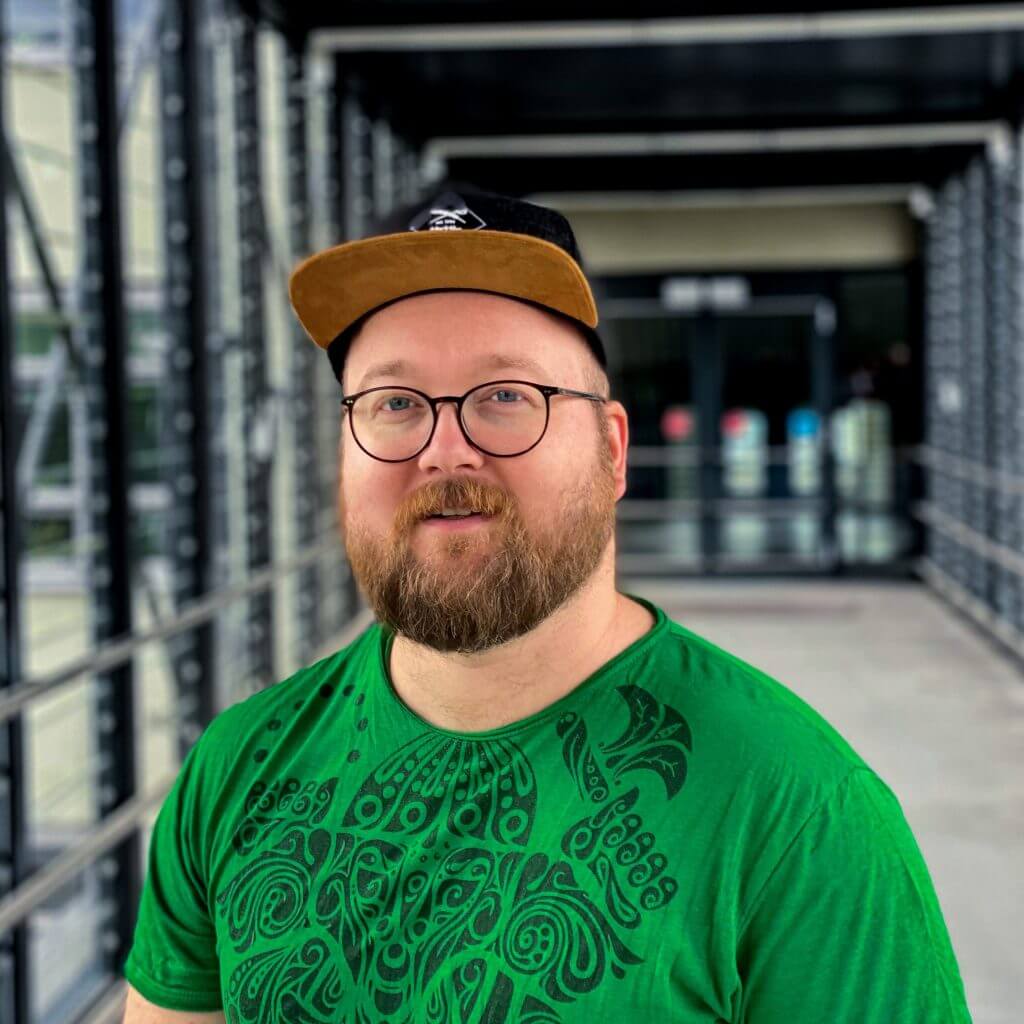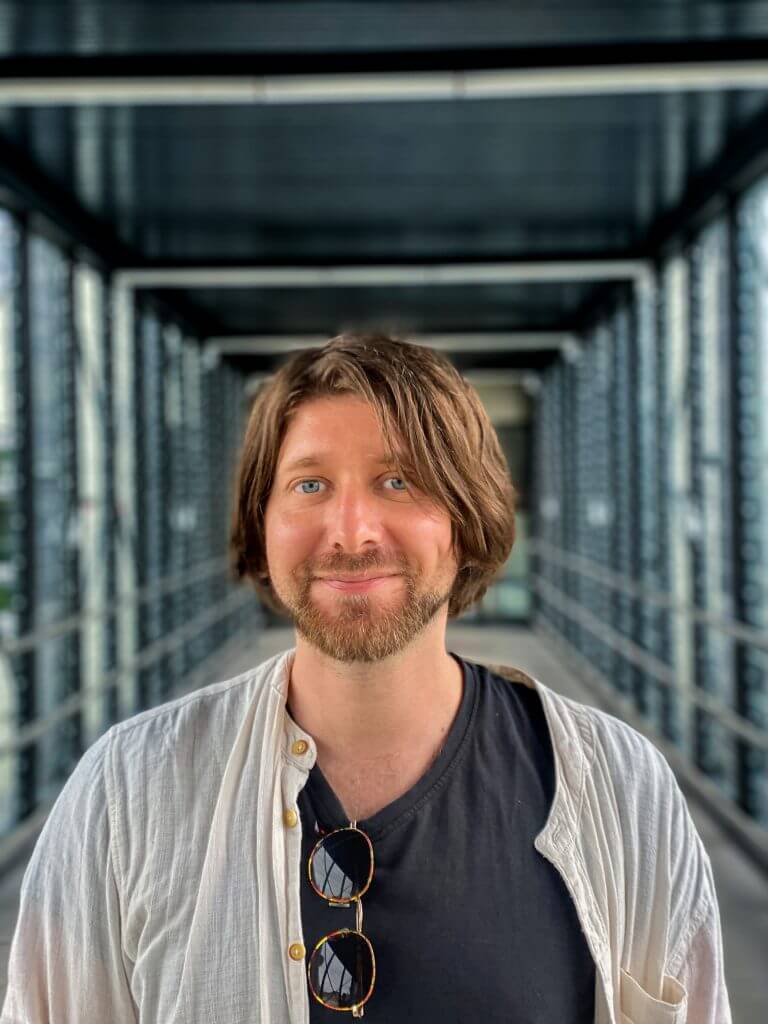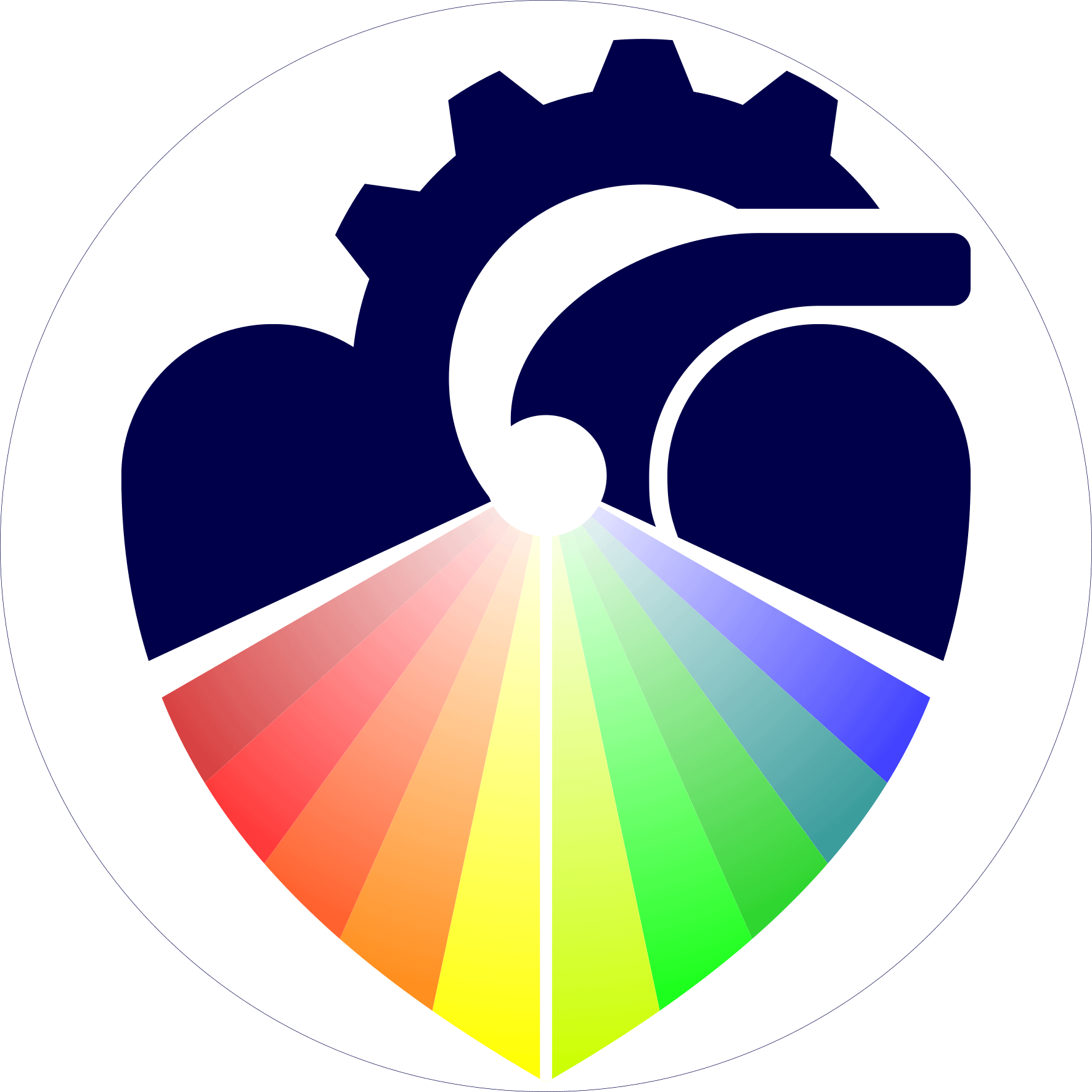2020 – 2022
Project assignment
Christian Krüger & Alexander Gümbel
The project topic may seem futuristic at first glance, but “holomedicine” – i.e. the technical support of medicine through holograms and mixed reality (MR) – offers completely new and important perspectives and solutions. In their work, the students therefore explored extended communication and interaction with MR glasses, the Microsoft HoloLens 2 and its interactive environment. In doing so, they attempted to answer the question of the general feasibility of medically relevant monitoring of patients’ vital parameters using MR glasses.
Due to the novelty of the application at the time and the lack of coordinated but absolutely necessary software and programming environments, it was extremely difficult to get started with this complex topic. Nevertheless, the students managed to design a multi-layered MR app as a possible practical extension in biomedical engineering. This made it possible to clearly display simple demo signal curves, the model of an anatomically correct heart, the logo of the university of applied sciences and other content in the room.
Further efforts were directed towards finding real-time transmission options for captured data in order to project it without delay for the user. This was also successful, so that a functional MR app with integrated bidirectional data communication between the HoloLens and an external microcontroller could be presented at the end of the project.

As a novel, independent application among the few solutions to date, this application exemplifies the advantages and possibilities of mixed reality in a medical context. Interesting application scenarios for the HoloLens-supported visualization of vital data include use during surgical procedures or in emergency medicine.


2022 – 2023
Master’s thesis
on the topic:
“Mixed reality visualization of biomedical data from a multi-sensor platform”
Alexander Gümbel

Medical technology is a constantly evolving and future-oriented industry that is open to new technologies and methods. Therefore, the topic of this master’s thesis may seem futuristic at first glance, but “holomedicine” – i.e. the technical support of medicine through holograms and mixed reality (MR) – offers far-reaching new perspectives and solutions.
This thesis is based on the experience gained and the results of previous student projects from the Master’s program and is intended to demonstrate new possibilities for medical monitoring.
This project involved the prototype presentation of a multi-sensor platform for biomedical sensors in conjunction with mixed reality visualization using the “Microsoft HoloLens 2”. The resulting platform enabled the real-time exchange of vital data between four microcontrollers and the mixed reality glasses via the “Open Sound Control” network protocol. It was also possible to access live displays of all transmitted biosignals by simply viewing QR codes without the need to use voice commands or hand gestures.
As with any innovative application, this implementation also reveals the limits of what is possible. Therefore, in addition to the presentation of concepts for MR programming and methods with regard to user-friendliness, those medical-technical limitations were specifically named.
Despite its weaknesses, the portable, battery-operated system developed, which is independent of the Internet or servers, nevertheless offers a potential addition in the field of emergency medicine or even for surgical interventions.

